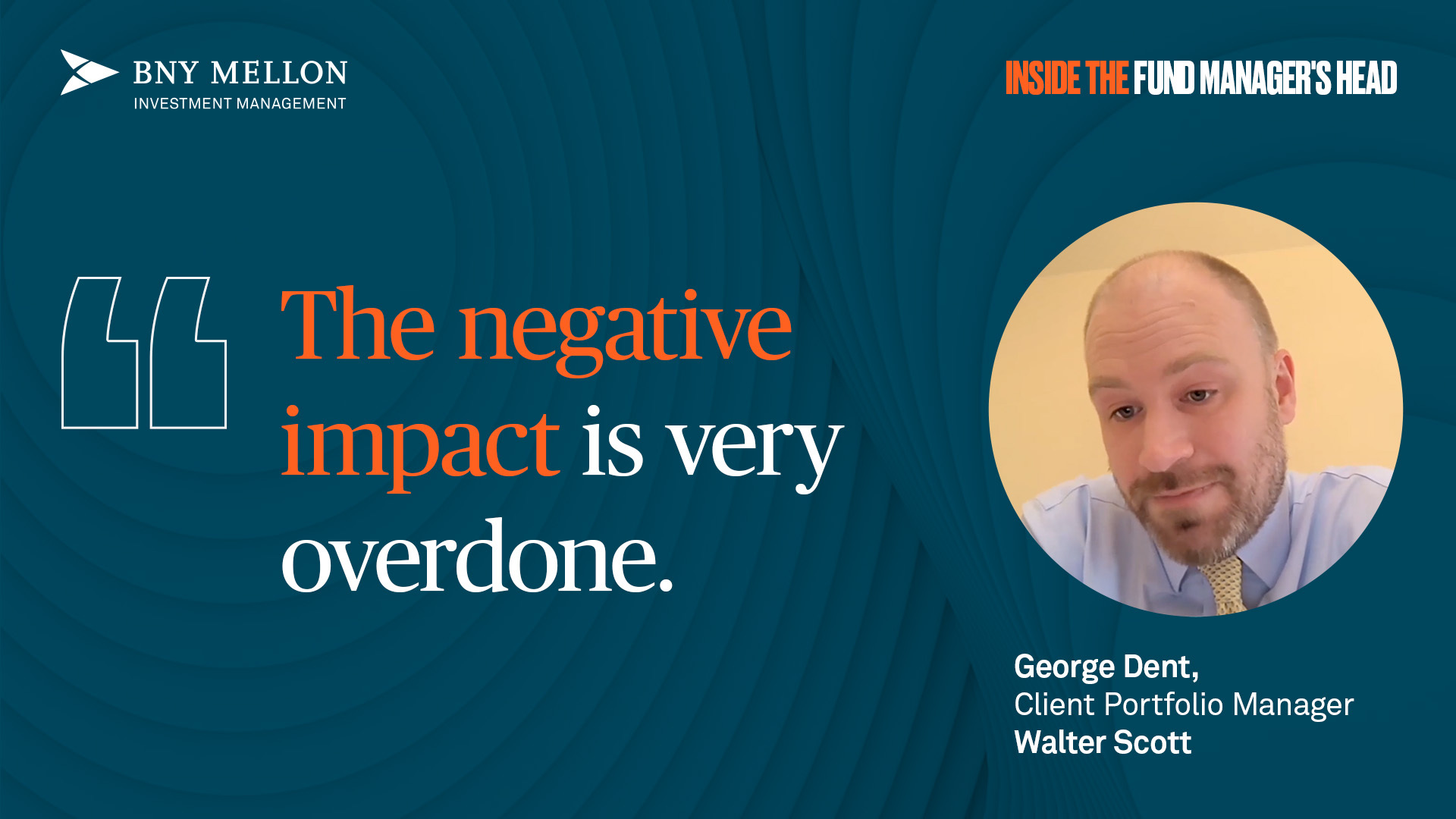There has been a “huge increase” in the number of underperforming funds over the past six months, research by Chelsea Financial Services suggests, while those that have previously displayed lacklustre returns seem to be finding it hard to turn things around. 
The latest Chelsea RedZone report, which twice a year names and shames the worst-performing funds over the past three discrete years, features 239 funds with combined assets under management of more than £100bn. The RedZone is populated by funds that have sat in their sector’s third or fourth quartile in each of the past three discrete years.
It’s the Investment Association universe’s largest sector that is home to the most consistent underperformers.
Chelsea managing director Darius McDermott said: “Looking at individual sectors, UK All Companies fares worst with 44 funds and around a third of the assets (£36.63bn). Global is second with 25 funds and £6.97bn, and UK Equity Income is third with 14 funds and £7.68bn.”
“As was the case before the summer, the UK All Companies sector is dominated by trackers in the RedZone. Both the number of funds and assets have grown, funds have increased from 20 to 27 and assets from almost £20bn to £27bn.”
The report also contains the Chelsea DropZone, which is made up of the 10 funds that have underperformed their sector averages by the largest amount over the cumulative three-year period.

Source: FE Analytics
As you can see from the above table, Peter Webb’s £1.5m SF Webb Capital Smaller Companies Growth fund has racked up the most relative underperformance over the three years in question. Our data shows the one FE Crown-rated fund is currently bottom quartile in the IA UK Smaller Companies sector over one, three and five years.
Over three years to the start of September (which is the period covered by Chelsea’s research), the fund has lost investors just under 26 per cent while its average peer was up 62.74 per cent. The fund’s Numis Smaller Companies Index benchmark has risen 63.54 per cent over this time.
The fund’s underperformance is also striking as the IA UK Smaller Companies sector has, on average, been the best place to be invested over the three-year period with a 62.21 per cent rise. It’s followed by IA European Smaller Companies (58.07 per cent), IA Japanese Smaller Companies (56.63 per cent) and IA North American Smaller Companies (52.35 per cent).
McDermott said: “Smaller companies, with the exception of the Webb Capital fund, all over the globe really have been the place to be over the past three years. It's a theme that runs through every part of this data.”
Performance of fund vs sector and index from 1 Sep 2012 to 1 Sep 2015

Source: FE Analytics
Of the other nine funds on the list, seven share a trait with SF Webb Capital Smaller Companies Growth: small assets under management. HC FCM Salamanca Global Property, which the worse performing IA Property member over one, three and five years, is just £8m in size while Elite Charteris Premium Income is £11.2m.
Low assets under management can contribute to a fund’s underperformance, as its fixed costs and other expenses lead to a higher ongoing charges figure and eats into its total return – although this would not usually explain the level of underperformance posted by the fund’s on Chelsea’s list.
One portfolio without this excuse, however, is the sixth on the list: the £4bn M&G Recovery fund, which has been managed by Tom Dobell since March 2000. The report notes that the fund has underperformed its average peer by more than 35 percentage points over the three years examined.
The fund’s lacklustre returns over recent years have been well documented and last month FE Trustnet took an in-depth look at the portfolio.
We noted that while the fund’s long-term record is still healthy – the 125.10 per cent total return over Dobell’s tenure puts it in the IA UK All Companies sector’s second quartile – it’s now underperforming its average peer and its FTSE All Share benchmark over five and 10 years as well as over one and three.
The article looked at whether M&G Recovery’s run of underperformance could mark a buying opportunity, but the fund pickers we spoke to were far from convinced.
Ben Willis, head of research at Whitechurch, said: “We don’t own it and we haven’t done for some time now. Even now, I don’t think he is instilling enough confidence to make us think that a buying opportunity may have opened up. I think that is telling given that we are not even considering the fund right now.”
“I’m not saying it is finished, but it shows just how damaging this period of underperformance has been.”
Performance of fund vs sector and index from 1 Sep 2012 to 1 Sep 2015

Source: FE Analytics
There are also two Aberdeen funds in the Chelsea DropZone: Aberdeen European Smaller Companies Equity and Aberdeen World Equity Income. McDermott notes that the firm’s actively managed funds have suffered recently as their quality-biased investment style has been “out of favour for some time”.






